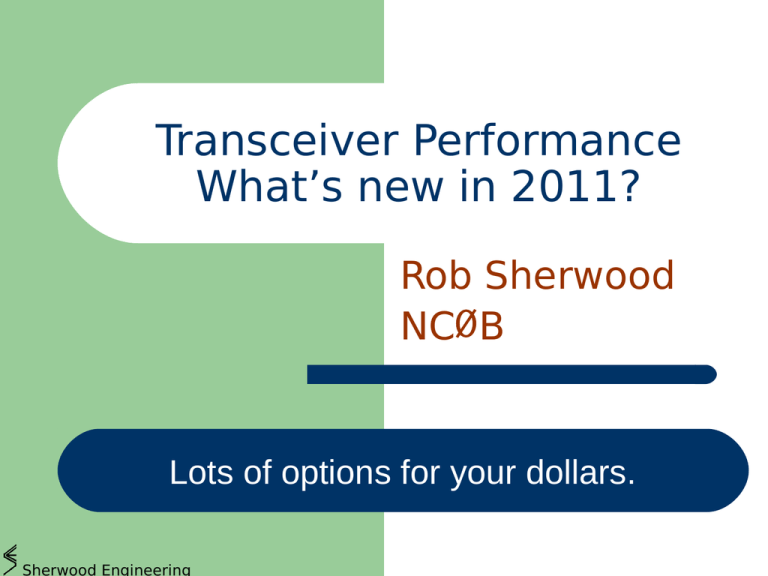

Method: Atlas 210X receiver, TR-7 transfer oscillator, Heath IM-4100 counter clocked with Hp 10544A OCXO. I hope to have a better method ready for next time. Method: TS-590S with SoftRock Ensemble III as panadapter, calibrated to a GPSDO-disciplined IFR-1200S. Soapbox: Just one part of Amateur Radio I look forward to, and enjoy. visual estimation on Flex waterfall, audio estimate with Ten Tec (+/- 10Hz) Method: Flex 1500 and Ten Tec 539, 40m/20m fan dipole. Method: SoftRock Ensemble RXTX, HDSDR in CW mode Thanks to Connie, W6OQI, and ARRL for continuing to provide this challenging endeavor. Soapbox: QRN moderate to severe at times. Method: Yaesu FT-950 into old Dell Inspiron notebook computer running Spectrum Lab No longer had spreadsheet of clean data, only a yellow pad with bits and pieces of numbers scattered. Had to resubmit data after problem with web page freq changed. Soapbox: Trying yet another new method this year. Many thanks to K5CM and W6OQI for putting these events on the air. Soapbox: Is it possible to get earlier information posted on upcoming FMT's, especially via the ARRL web site and/or ARRL newsletter? The 40m (67 dBm) and 80m (71 dBm) signals were nice and loud into Northern Virginia. Soapbox: The 20m signal was right at the noise level, but Spectrum Lab was able t detect and process it. Used the HP3336C, locked to the 10 MHz reference to generate a reference signal to correct for sound card sampling rate error. Recorded the 15625 Hz IF signal from the HP3586 and analyzed it using Spectrum Lab. Received the signal using the HP3586B Selective Level Meter, locked to the 10 MHz reference. Method: Used a Trimble Thunderbolt GPSDO as a frequency reference. 80m signal also strong, slight QSB -93 to -98 dBm. 40m signal was steady and strong, about -93 dBm. When beaming to Japan, signal level dropped to -115 to -120 dBm. Soapbox: Notification of the FMT was too late and too hard to find - Put it on the ARRL home page EARLY! Was posted on a 'buried' ARRL web page on 4/5/16 for the 4/6/16 FMT! 20m signal level at the radio input was about -95 to -105 dBm (noticeable QSB). Tuned the synthesizer to match the appearance of the key-down signal on the Spectrum Lab waterfall display. Thunderbolt GPSDO 10 MHz reference signal was fed into the external reference input of the 3335A. After key down period, switched radio input to HP 3335A frequency synthesizer output (through 100 dB of attenuation). Method: 98' long W5GI dipole oriented E-W connected to Icom IC-7000 SignaLink interface to laptop running Spectrum Lab. West 40M/80M signals were strong with the usual amount (~0.8Hz) of spreading. I had terrible power line noise from PG&E on 20M but was able to find the signal on the spectrum displays did not note much difference between signals beamed East vs. Soapbox: Thanks Marvin and Connie for running the test.

wav file through SpecLab, and at a later time replayed to export data to spreadsheet to refine submission numbers. Method: HP Z3805A 10MHz GPSDO, Marconi 2019 HF synth, HP 3325A LF synth, HP 54601A o'scope, FT-847 in AM/narrow mode, 5BTV antenna, Vista laptop running SpecLab, DigiPan for spotting, EZGPIB controlling Prologix USB-GPIB to set up and interrogate instruments, GPSCon for monitoring Z3805A the 2019 was set to inject a reference beat signal to produce a ~400Hz beat tone, and the 3325A was tuned for minimum phase slip between it and the beat tone. W6OQI 20 (1 to 5 to 10 Hz): AE5P, K0BT, N1BC, N3CRM, N5LUL, N9XGC, N9XR, VE9DAN, WB3JFS, WB5UAA K5CM 40 (1 to 5 to 10 Hz): AE5P, K0BT, K6IQL, N5LUL, N9XGC, VE9DAN, WB3JFS, WB5UAA

K5CM/W6OQI All (1 to 5 to 10 Hz): AE5P, N3CRM, N5LUL, VE9DAN, W3JW, W8NN, WA4FJC, WB3JFS, WB5UAA


 0 kommentar(er)
0 kommentar(er)
